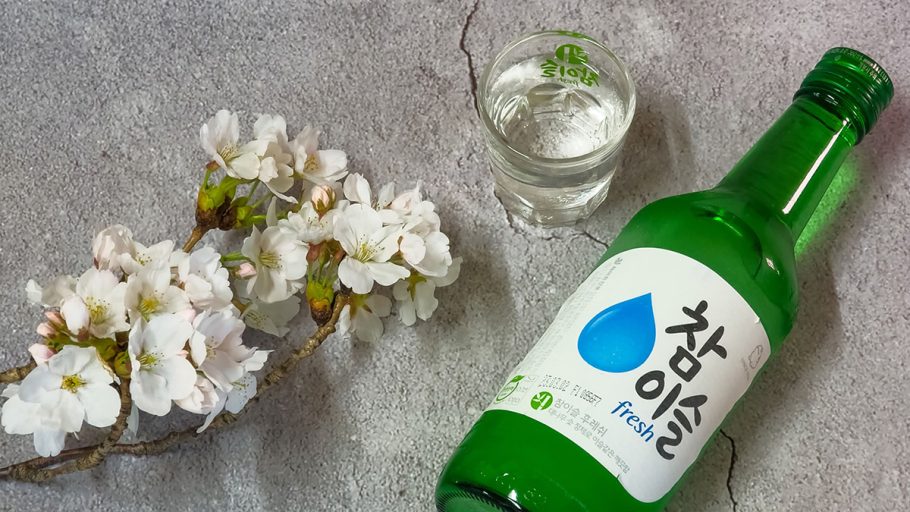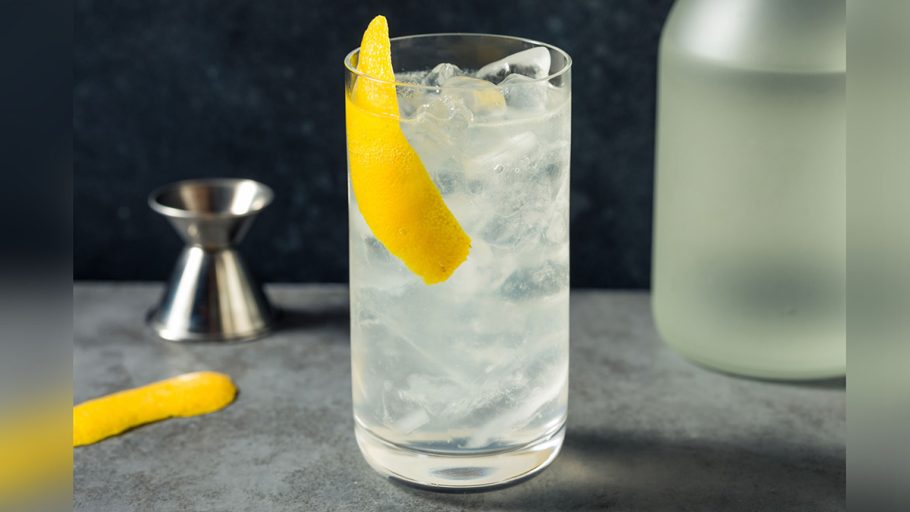Many people seem to forget—or don’t know in first place—that both India and China (along with the Middle East) were the pioneers of mastering the art of distillation. Fermentation may have other more prominent centers in the world, but the way distillation was invented and honed mostly happened in this part of the world first. And yet, when we think of distilled spirits on a modern bar shelf, we are hard-pressed to find any autochthonous spirits from these parts of the world. The world enjoys their rums, gins, vodkas, and whiskies, but rarely do we see someone (not of Asian origin) ordering a baiju or soju at a bar in the West.
But these are great spirits; they have existed for centuries in many cases, and today are made with very precise ingredients and processes to yield some truly awesome sips. Without comparing to any existing Western styles of spirit, there is much to be discovered in the East. Here’s a look at a few of them.
Baijiu/Baiju, China
Literally meaning white spirit, baijiu is mostly distilled from sorghum but can also be made from rice, corn, wheat, or millet. It is made across the country, and in each region, the recipe, ingredients, and local name may change. What remains similar is that they are bottled between 35–60 percent of alcohol by volume and are not barrel-aged, though they may have been put through various lengths of aging in porcelain vessels. It’s very peculiar what this aging imparts to the drink, and the more polished versions often boast a certain “soy sauce” note that is quite distinct and a marking theme for this beverage. Most baijiu in China is consumed straight, poured into small cups and drunk in one go. Official events are often marked by just how much baijiu gets consumed, and it’s considered impolite to refuse a pour when someone senior (or older) offers it. That said, there can some very interesting cocktails which can be fashioned out of this spirit. It pairs superbly well with mango juice, pineapple juice, and even gingery flavors.

Soju, Korea
Also sometimes called the Korean vodka, this drink is a lot more than just that. It is made by distilling rice, and originally, the alcohol strength could vary from anything below 20 percent to as high as 50 percent-so you had to read the label (or take a sip) to know just what you were tasting. Over time, other ingredients became common, mainly because they were cheaper than rice. The original beverage dates back to the 13th century and was largely a home-brewed beverage long before it was commercially produced. The government tried to control and consolidate the manufacturing side since the 1970s, which led to a lot of uniformization in the space and stifled creativity. It works brilliantly in a typical sour recipe, but there are plenty of other options, include mixing it into a martini-style aperitif.

Shōchū, Japan
The name sounds similar to soju because, frankly, both names were derived from “shaojiu,” which was the original Chinese phrase and a synonym for the baijiu mentioned earlier. Shōchū is made from rice, but many other starch sources can also be used, like barley, buckwheat, (sweet) potatoes, and even sugar or carrots! The taste is not too different from the Korean version, and it clocks in at an average similar 25–35 percent alcohol by volume. Shōchū can be drunk neat, on ice, or mixed with tea, fruit juices, or, more contemporarily, soda. It’s a Japanese tradition and is popular alongside sake, which is a rice distillate and drunk alongside food as well. Apart from sours and martinis, one can also use shōchū for making highballs and other light, fruity long drinks.

Mahua, India
Mahua is a rare genre of product in that it is a floral distillate and there aren’t too many of those in the world (in fact, I can’t think of any other right now). In certain tribal belts of Central India, the (fallen) flowers of this plant are collected-you aren’t allowed to pluck them—and then processed to yield a spirit that used to be only distilled once. (Modern versions may go for double or triple distillation). The taste is quite peculiar and unique, and distinct enough never to be entirely masked in a cocktail. It has a certain cloying effect, which makes it appear syrupy or sweeter than it actually is. Mixing options include using it in drinks based on white rum or tequila, where it can sit in as a uniquely interesting and enjoyable replacement.



